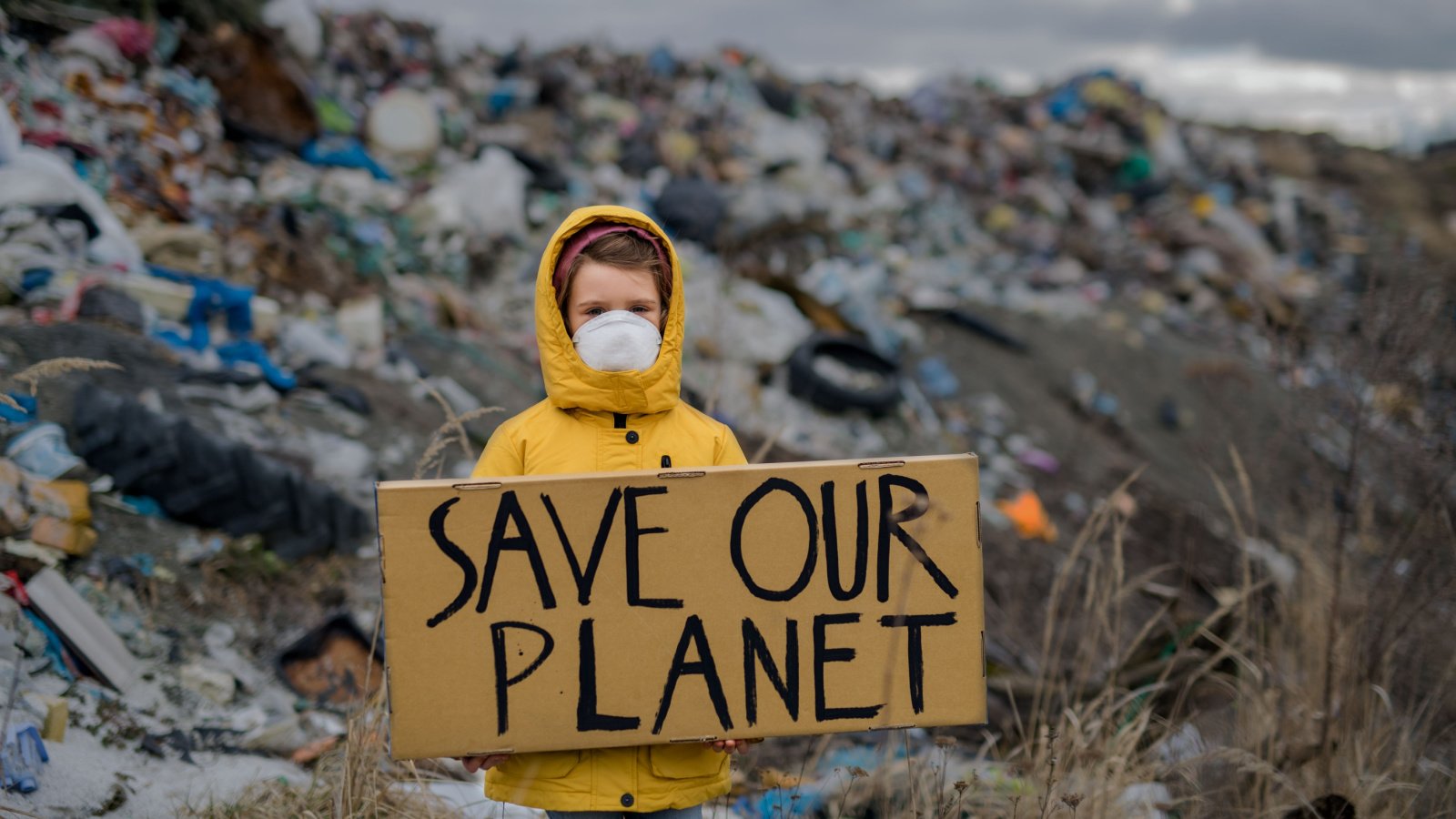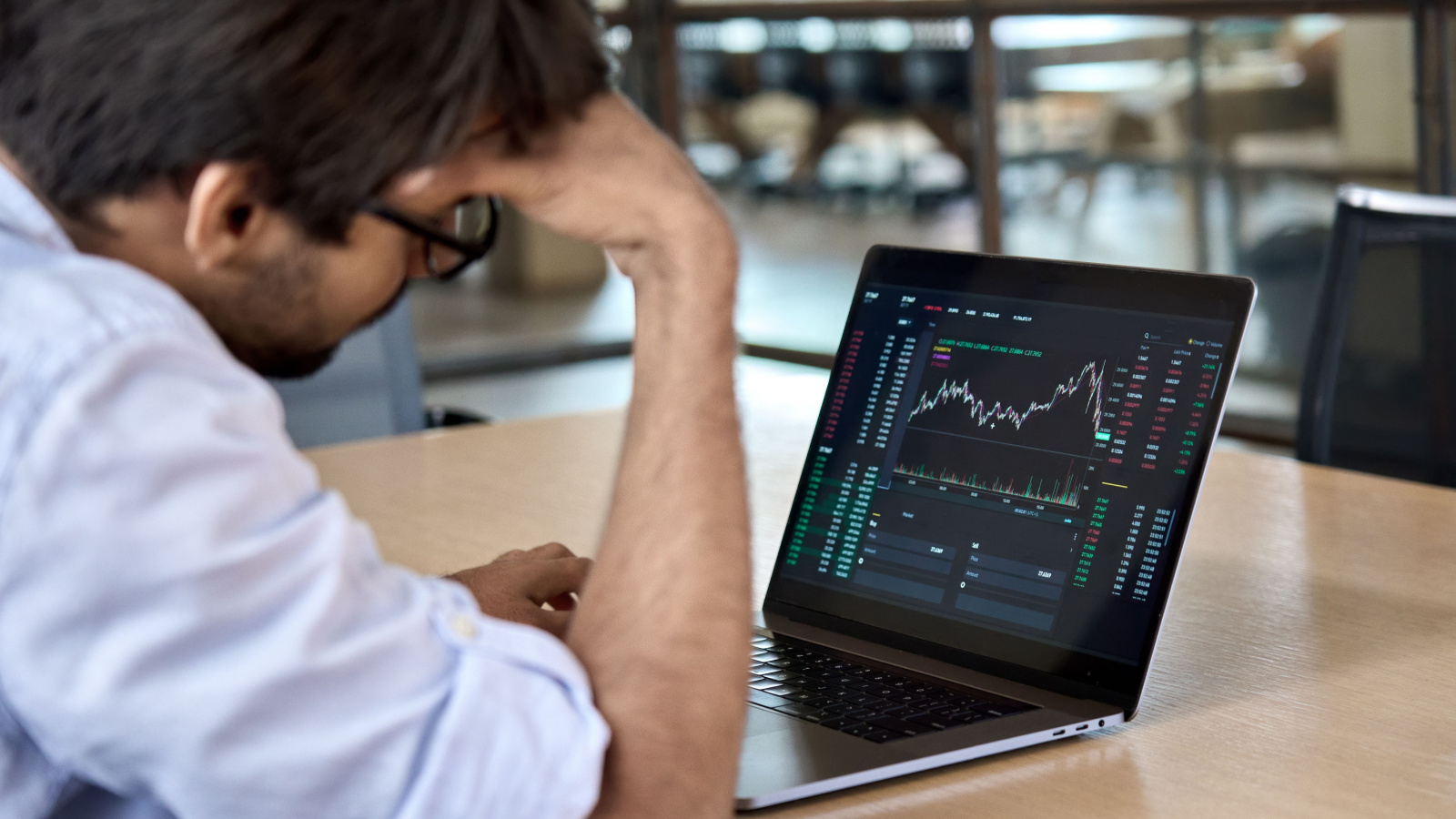The signs of economic distress are often masked by headlines boasting short-term gains, but a closer look reveals underlying issues that persist. From stagnant wages to a precarious job market, these indicators suggest that not all is well beneath the surface. It’s time to examine the deeper currents that signal our economy might still be in trouble.
Stagnant Wage Growth

Despite productivity increases, wages for the average worker have barely budged in decades. This disconnect between productivity and pay keeps living standards from rising. It’s a clear sign our economy struggles to reward its workforce.
Rising Housing Costs

Housing prices continue to outpace income growth, making homeownership a distant dream for many. Renters aren’t spared either, facing skyrocketing rents that consume a disproportionate share of their income. The housing affordability crisis underscores the economy’s imbalance.
Student Loan Debt

The student loan debt has reached unprecedented levels, burdening a generation with financial strain. This debt delays major life milestones, such as buying a home or starting a family. It’s a looming crisis that threatens individual futures and the broader economy.
Uneven Job Recovery

Post-recession job growth has been uneven, favoring certain sectors while leaving others behind. Many new jobs are part-time or contract positions, lacking stability and benefits. This patchy recovery indicates a labor market still in distress.
Low Savings Rate

The savings rate among consumers is alarmingly low, indicating a lack of financial security. Many households are just one unexpected expense away from financial hardship. This precarious living situation highlights ongoing economic vulnerability.
Healthcare Costs

Skyrocketing healthcare costs continue to be a significant burden for individuals and families. Even with insurance, many are one illness away from a financial crisis. The unsustainable rise in healthcare spending is a ticking time bomb for the economy.
Manufacturing Decline

The decline of manufacturing jobs, once the backbone of the economy, has left many communities struggling. This shift has not only led to job losses but also contributed to the erosion of the middle class. It’s a stark reminder of the economy’s changing landscape.
Wealth Inequality

Wealth inequality has reached levels not seen since the Gilded Age, with a vast majority of the wealth concentrated in the hands of a few. This disparity stifles economic mobility and dampens consumer spending. It’s a significant barrier to a robust and inclusive economy.
Consumer Debt Levels

High levels of consumer debt, from credit cards to auto loans, signal that many are living beyond their means. This debt load is unsustainable in the long term and poses a risk to financial stability. It’s a clear sign of underlying economic distress.
Underemployment

Underemployment remains a persistent issue, with many workers unable to find full-time work or jobs that match their skills and education level. This underutilization of the workforce is a waste of potential and a drag on economic growth. It reflects a labor market that has not fully recovered.
Aging Infrastructure

The nation’s aging infrastructure, from roads to bridges, is in dire need of repair. This neglect hampers economic efficiency and poses safety risks. Investment in infrastructure is urgently needed to support future growth.
Environmental Challenges

Economic pressures have led to environmental neglect, exacerbating climate change and resource depletion. These challenges pose long-term risks to economic stability and require significant investment to mitigate. Ignoring them only delays the inevitable costs.
Global Competition

Intensified global competition has pressured domestic industries, leading to job losses and business closures. Adapting to this new landscape is essential for economic survival but remains a challenge for many sectors. It’s a global race that requires constant innovation.
Social Safety Net Gaps

The social safety net, designed to protect the most vulnerable, is riddled with gaps. Many who need assistance fall through the cracks, leading to increased poverty and social strain. Strengthening this safety net is crucial for economic stability.
Retail Sector Struggles

The retail sector has faced significant challenges, with numerous storied brands filing for bankruptcy or closing stores. This trend is partly due to changing consumer habits but also reflects broader economic issues.
Dependency on Fossil Fuels

The economy’s continued dependency on fossil fuels not only exacerbates environmental issues but also leaves it vulnerable to price swings. Diversifying energy sources is critical for long-term economic health and sustainability. This transition is inevitable but currently too slow.
Cybersecurity Threats

The increasing frequency of cybersecurity threats poses a risk to businesses and the economy at large. These attacks can cripple infrastructure, steal intellectual property, and erode consumer trust. Investing in cybersecurity is essential for economic security.
Trade Imbalances

Persistent trade imbalances put pressure on domestic industries and can lead to job losses. Addressing these imbalances requires careful negotiation and policy adjustments. It’s a delicate balance that impacts economic stability.
Lack of Entrepreneurship

A decline in entrepreneurship and new business formation stifles innovation and job creation. High barriers to entry and fear of failure are contributing factors. Encouraging entrepreneurship is vital for dynamic economic growth.
Educational Mismatches

There’s a growing disconnect between the skills taught in schools and those demanded by the modern workplace. This educational mismatch leads to a workforce ill-prepared for current job markets. Bridging this gap is essential for economic competitiveness.
Political Instability

Political instability and policy uncertainty can have direct impacts on the economy. Investors and businesses need stability to make long-term plans and commitments. Without it, economic growth is hampered, and recovery is stalled.








